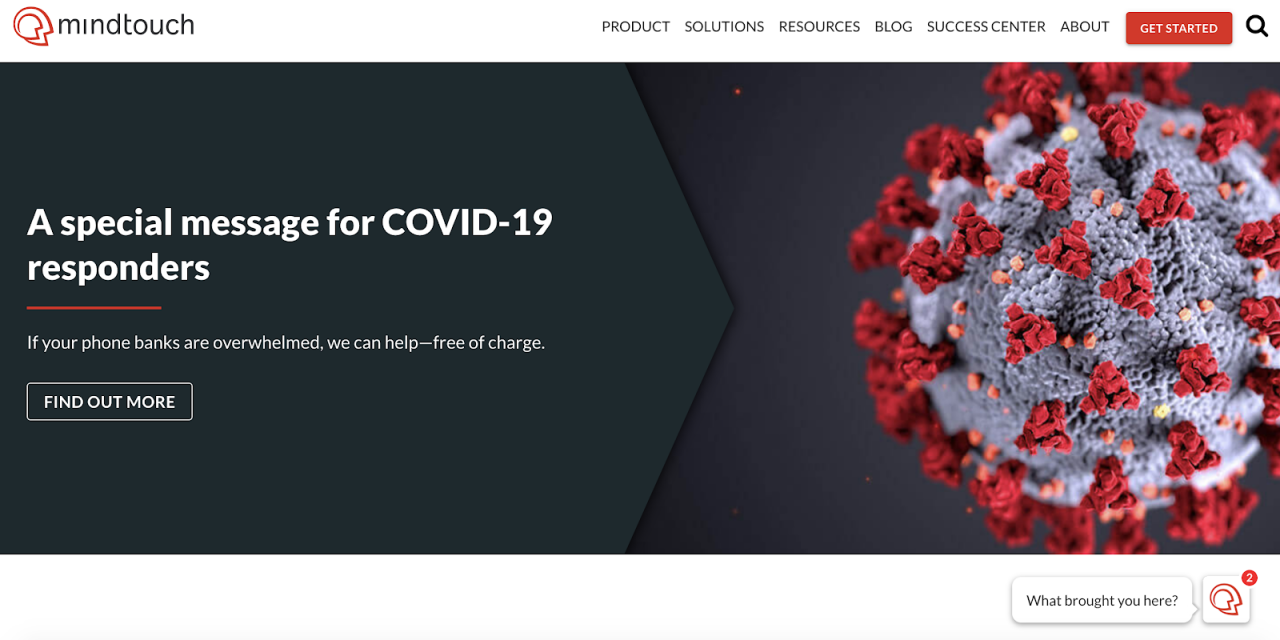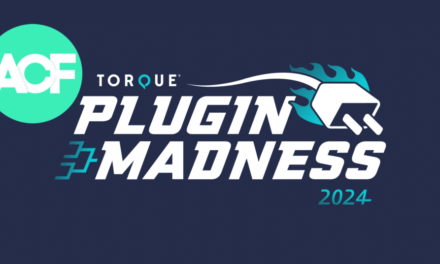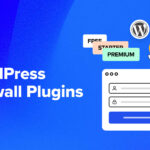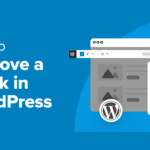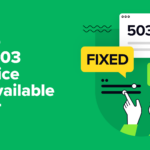On average, 90% of startups fail. And that’s without a global pandemic.
COVID-19 is presenting businesses and entrepreneurs with unique challenges most have never seen before in their lifetime. This is forcing them to pivot and reach customers in new ways.
Businesses must do whatever they can to survive the pandemic and emerge financially sound.
With over 60 million businesses built on WordPress, let’s look at some of the adaptations you can make to your site to drive more sales in the wake of COVID-19.
1. Update your slider with COVID-19 messaging.
Your website slider is a valuable piece of real estate on your homepage. You should add a slider that includes specific COVID-19 messaging.
Since COVID-19 is a universal experience, it is a good idea to address the impact it has likely had on your customers and your business.
Mindtouch highlights how they are helping first responders. Their slider links to an offer for overwhelmed phone banks to use their product.

Even if your business isn’t directly impacted by the virus, a slider acknowledging the current situation can address consumers’ doubts or concerns about shopping with you.
2. Create a landing page.
Sometimes, a slider isn’t enough. You might have more to say.
For longer messages, devote an entire landing page for your COVID-19 response. This can include messaging about:
- A message of care, hope, and unity
- Any anticipated supply chain disruptions that could delay shoppers orders
- How you’re keeping your employees safe
- Your community involvement and ways to give back
- Resources for your customers to get help
Buffer launched an entire landing page devoted to COVID-19.

On the page, consumers can find information about the consumer relief program, learn more about what Buffer is doing to help and find other resources to navigate the crisis.
3. Highlight COVID-19 product use cases.
While you don’t want to use the virus as a marketing tactic, you should highlight product use cases that are applicable in this new environment.
COVID-19 presents new challenges that your business might be able to solve. Previous product descriptions, use cases, and product images might need to be updated.
Qualtrics added motion graphics to their homepage to show how their experience management demo can improve employee communication.

These product graphics were updated to highlight use cases that might not have been on the tops of consumers’ minds a year ago.
Now, they’re more relevant than ever before.
4. Deploy an exit-intent pop-up.
If you don’t want to devote an entire portion of your site to COVID-19 messaging, consider adding an exit intent pop-up.
These can easily be added with a WordPress plugin and can appear as the user is leaving your site.
Right Inbox deploys one to entice consumers to download their app and get one step closer to a four-hour workweek.

While this isn’t directly COVID-19 related, it still ties in the themes of working remotely and independently during this difficult time.
Exit-intent pop-ups are great non-intrusive ways to relay information and convert customers without having to redo any parts of your main website.
5. Use media and customer logos as social proof.
Consumers want to do business with reputable companies that they trust.
Logos of well-known customers or media sites that feature the company improve consumer trust in the business.
In the age of COVID-19, you can’t leave trust to chance.
Add customer logos to your site to improve the validity of your business in consumers’ minds.
Loganix highlights the 5,500 clients they have served and includes logos of well-known websites where their work is published including Moz, Entrepreneur, ahrefs, and Forbes.

This is a simple change that can be added to your site that will have a positive impact in the minds of browsing consumers.
6. Add badges to establish trust.
In addition to adding customer and media publication logos, consider putting badges and awards on your website.
These can position your site as a leader in the industry for products, news, and insight.
The blog Each Night added a badge to highlight their discovery of the best mattress for a good night’s sleep during this stressful time.

Badges provide businesses with credibility and can reassure consumer confidence in business’ operations, product, and mission.
7. Use empathetic copy.
COVID-19 is a unique phenomenon because it’s something the entire world is experiencing together.
Many people are having social, economic, and health challenges during the pandemic, so it’s essential to update your messaging with empathetic copy.
Below you’ll see how EnergySeek outlines and empathizes with consumers’ struggle for finding the best business electricity prices.

Copy that empathizes with consumers’ strife is relatable and will resonate with consumers after they leave your website.
8. Add a secondary header banner.
Perhaps you don’t want to add an entire landing page or slider to your homepage related to COVID-19.
One option is a secondary banner right below your navigation bar.
Woven added one highlighting how consumers can use the product for remote work.
It’s indirectly related to COVID-19 since remote work is so common as a result of the spread of the virus.

This is a great example of a subtle yet impactful way to adapt your site.
It’s a simple banner with a call-to-action that applies and isn’t overly intrusive to the core business messaging or user experience.
Adapting Your Web Design
The world has changed with the arrival of COVID-19.
Your business needs to change, too.
It’s critical to adapt your web design to share pertinent Covid-19 messaging as it relates to your business.
Consider adding a landing page, slider, secondary banner, or exit-intent pop-up.
Use social proof, badges, empathetic copy, and highlight relevant use cases.
Businesses that adapt their website and remain flexible during Covid-19 will position themselves to survive this ongoing challenge.

